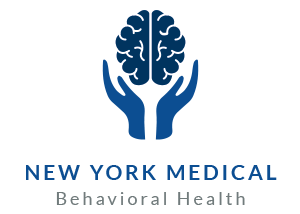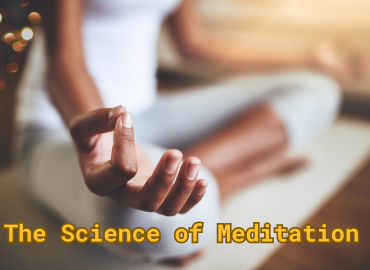The Science of Meditation
What is meditation? The answer will vary depending on who you ask. Some would describe it asdeveloping mindfulness, or an enhanced awareness. Some would say it’s emptying the mind for a period of time to induce a feeling of peace, while others would say it’s thinking deeply about a particular thing.
The NCBI says here that “Meditation is defined as a mind and body practice focused on interactions between the brain, mind, body, and behavior. That’s still a bit vague. Today, we’ll explore what the science behind meditation is, how to do it, and what it can do for you.
Meditation has a long history spanning religion, wellness, and science. At its core, meditation is an
activity that aims to improve a person’s wellbeing by promoting a sense of calm and focus. There is no
hard and fast rule on how to meditate, but certain factors are held in common.
− Seeking a calm place to meditate
− Focusing on certain mental and physical processes
− Working to eliminate undesirable distractions
When used in a way that works for you, there can be great benefits to meditation, like these:
− Greater alertness
− A sense of stability and being in control
These benefits are best gotten through meditation as a frequent practice. The science of meditation is tied to the principles of neuroplasticity, that is, the brain changing itself through a variety of methods. This involves metacognition, which means the mind thinking about itself. When done in a way that makes sense for the individual, we can harness meditation as another method to help our minds shape our thoughts and behaviors to get to a better place in life and not just time spent trying to sit still.
Now we’ll look at how to meditate. Positioning your body in a comfortable spot with minimal distractions will help. Let yourself become still and focus on your breath. Try to push out awareness of anything but your inhales and exhales. Long, full, and slow. Then, think about what you want to achieve and follow that route. You can focus on anything you want. For instance, that could be feeling less anxious about the day, or the future. Other thoughts will come along. Acknowledge them and let them go by. It can be helpful to visualize leaves floating by on a stream. But your focus is under your control. You can take as long as you want. Some people find this comes naturally, but it can be more difficult than it seems.
If you’ve been trying to find greater peace but anxiety and depression are getting in the way, talk to
your doctor first. Have them run some tests to see if an underlying physical condition is affecting your
mood. Then, write to us on our website or call (585) 442-6960.




